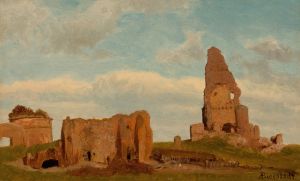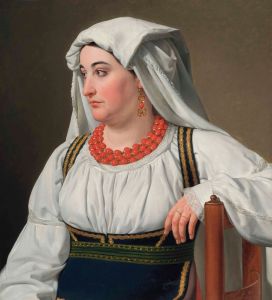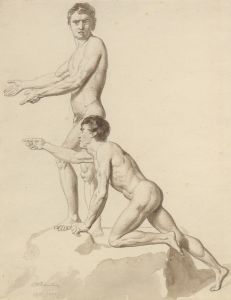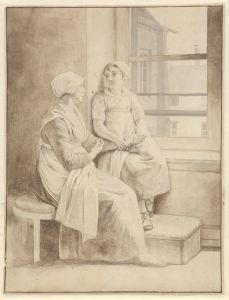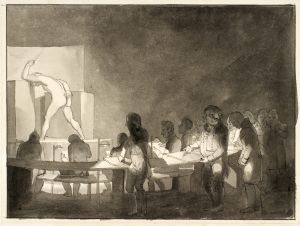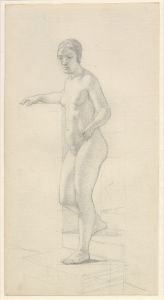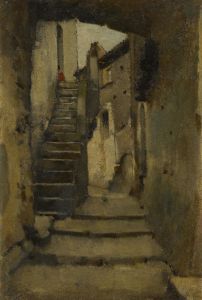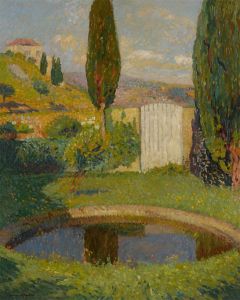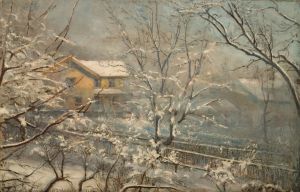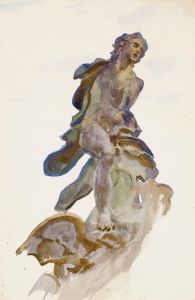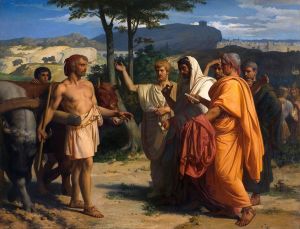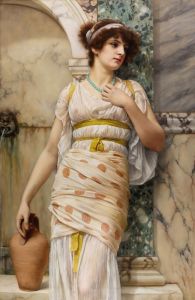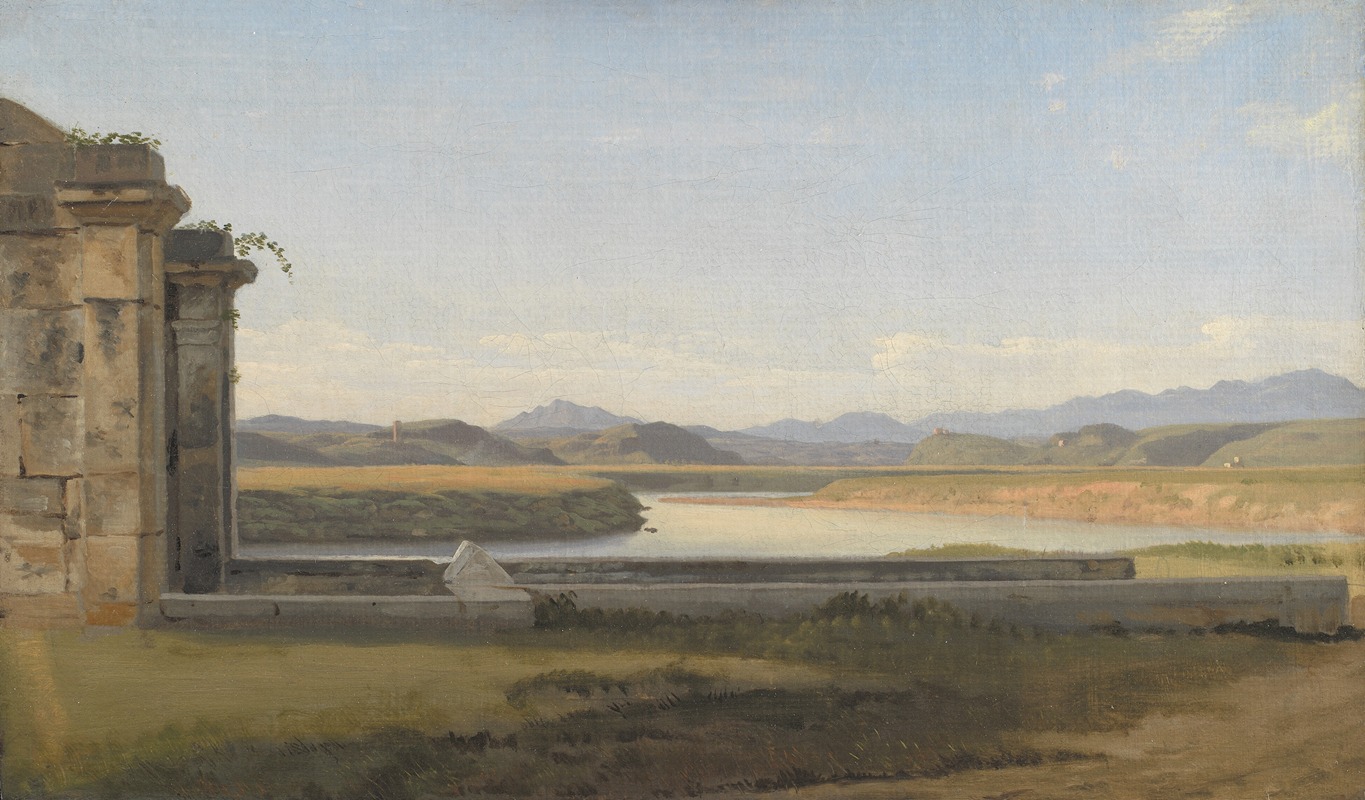
View from the Fontana Acetosa, Rome
A hand-painted replica of Christoffer Wilhelm Eckersberg’s masterpiece View from the Fontana Acetosa, Rome, meticulously crafted by professional artists to capture the true essence of the original. Each piece is created with museum-quality canvas and rare mineral pigments, carefully painted by experienced artists with delicate brushstrokes and rich, layered colors to perfectly recreate the texture of the original artwork. Unlike machine-printed reproductions, this hand-painted version brings the painting to life, infused with the artist’s emotions and skill in every stroke. Whether for personal collection or home decoration, it instantly elevates the artistic atmosphere of any space.
"View from the Fontana Acetosa, Rome" is a painting by the Danish artist Christoffer Wilhelm Eckersberg, who is often referred to as the father of Danish painting. Eckersberg was a pivotal figure in the Danish Golden Age of painting, a period that spanned the first half of the 19th century and was characterized by a focus on realism and attention to detail.
Christoffer Wilhelm Eckersberg was born on January 2, 1783, in Blåkrog, Denmark. He studied at the Royal Danish Academy of Fine Arts in Copenhagen, where he was influenced by the neoclassical style. His education was further enriched by his travels across Europe, particularly his time in Paris and Rome. It was during his stay in Rome from 1813 to 1816 that Eckersberg painted "View from the Fontana Acetosa, Rome."
The painting captures a scenic view from the Fontana dell'Acqua Acetosa, a historic fountain located in Rome. This fountain was known for its mineral-rich waters and was a popular spot for both locals and visitors. Eckersberg's work is celebrated for its meticulous attention to detail and its ability to convey the serene beauty of the Roman landscape. The painting exemplifies Eckersberg's skill in rendering architectural elements and natural scenery with precision and clarity.
Eckersberg's time in Rome was crucial for his artistic development. He was deeply inspired by the Italian landscape and the classical architecture that surrounded him. This period allowed him to refine his technique and develop a style that combined the neoclassical emphasis on form and structure with a more naturalistic approach to light and atmosphere. "View from the Fontana Acetosa, Rome" reflects this synthesis, showcasing his ability to capture the interplay of light and shadow and the harmonious balance of man-made and natural elements.
The painting is part of Eckersberg's broader body of work that often depicted scenes from his travels and everyday life. His works are characterized by their clarity, precision, and a sense of calmness, which were hallmarks of the Danish Golden Age. Eckersberg's influence extended beyond his own paintings; as a professor at the Royal Danish Academy of Fine Arts, he mentored a generation of Danish artists, including notable figures such as Wilhelm Bendz and Christen Købke.
"View from the Fontana Acetosa, Rome" is an important piece within Eckersberg's oeuvre, illustrating his mastery of landscape painting and his ability to convey the essence of a place through his art. The painting remains a testament to his skill and his contribution to the development of Danish art during the 19th century. Today, Eckersberg's works are held in high regard and can be found in major art collections, including the National Gallery of Denmark, where they continue to be studied and admired for their technical excellence and historical significance.





